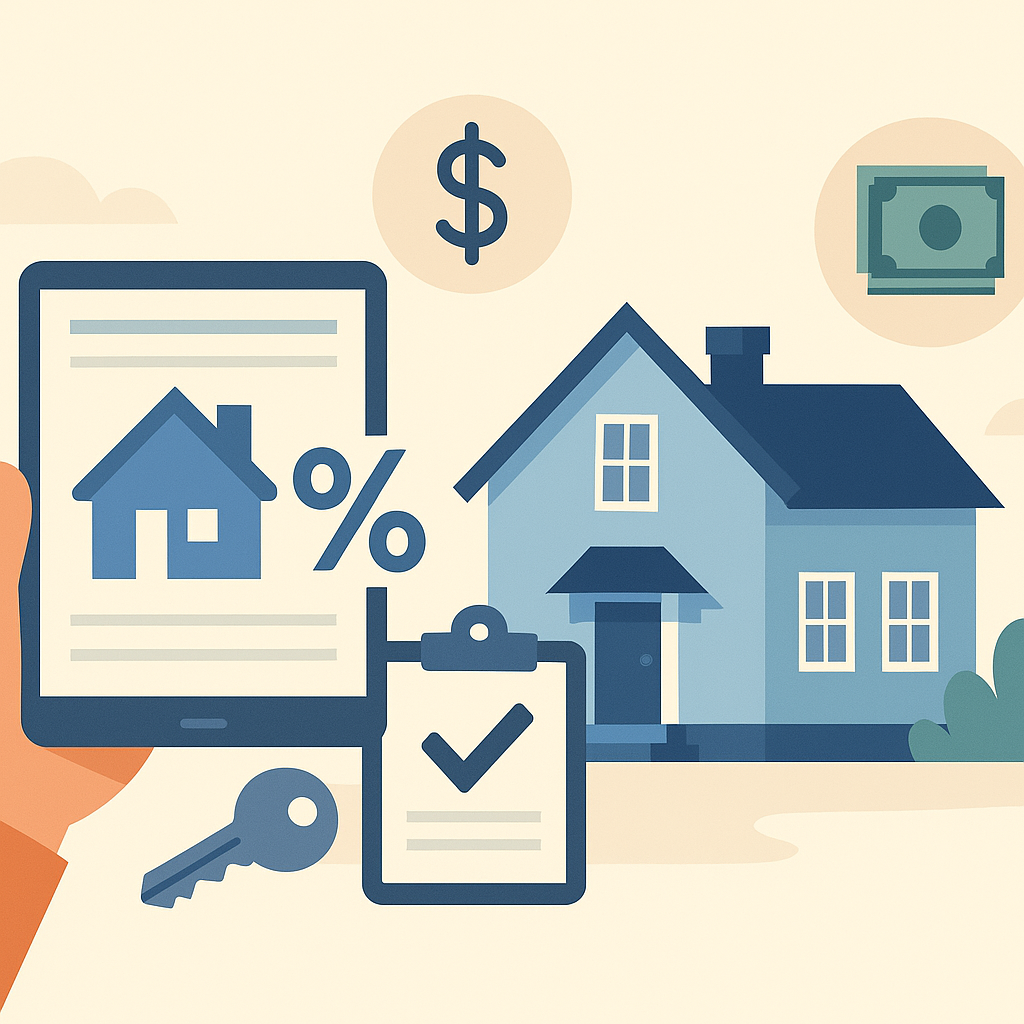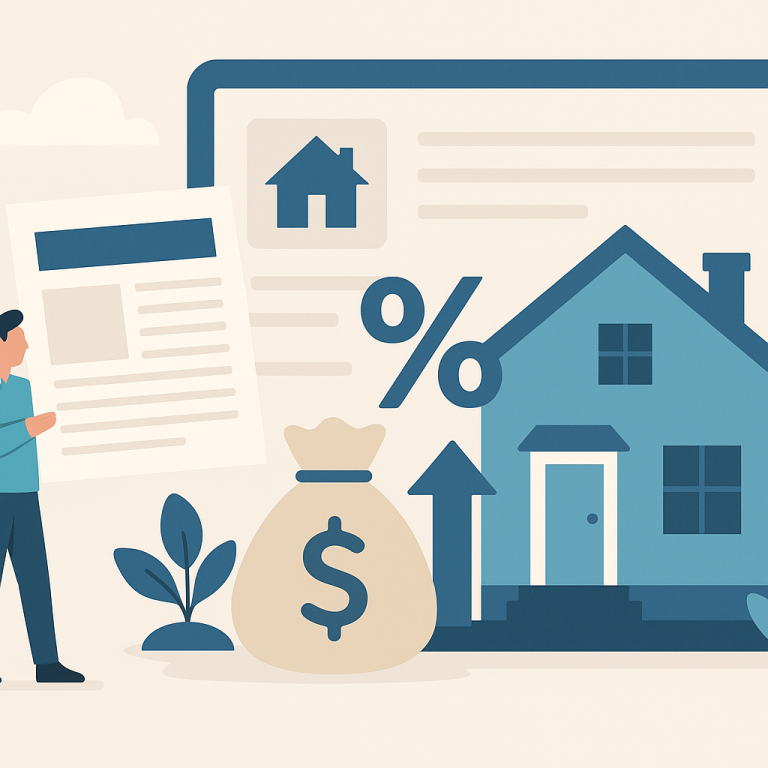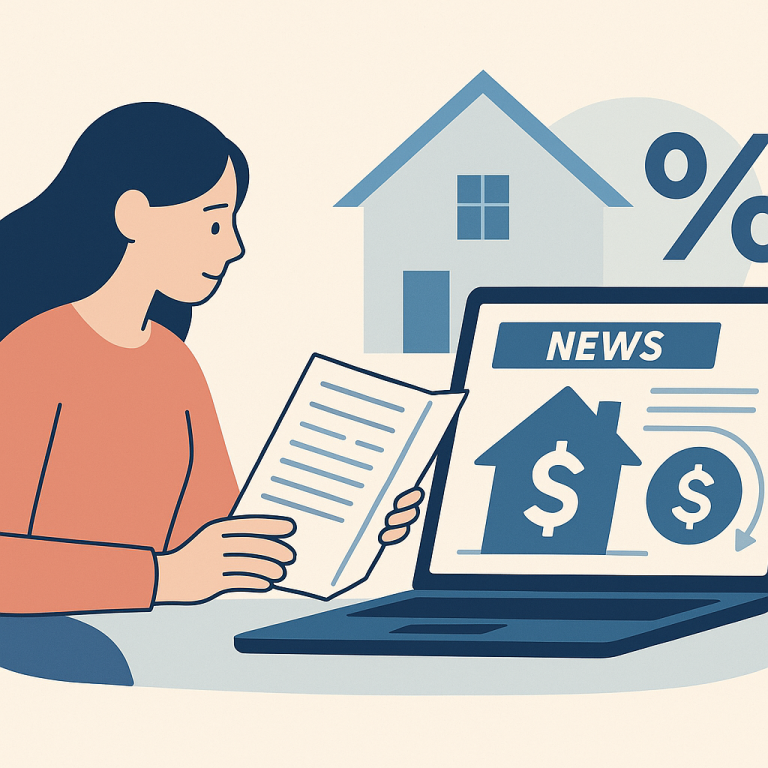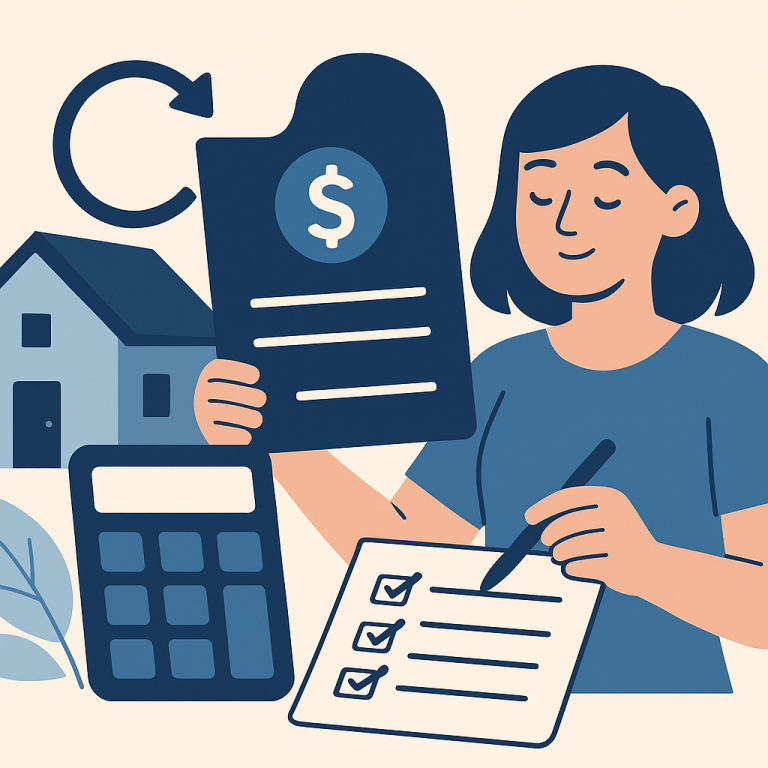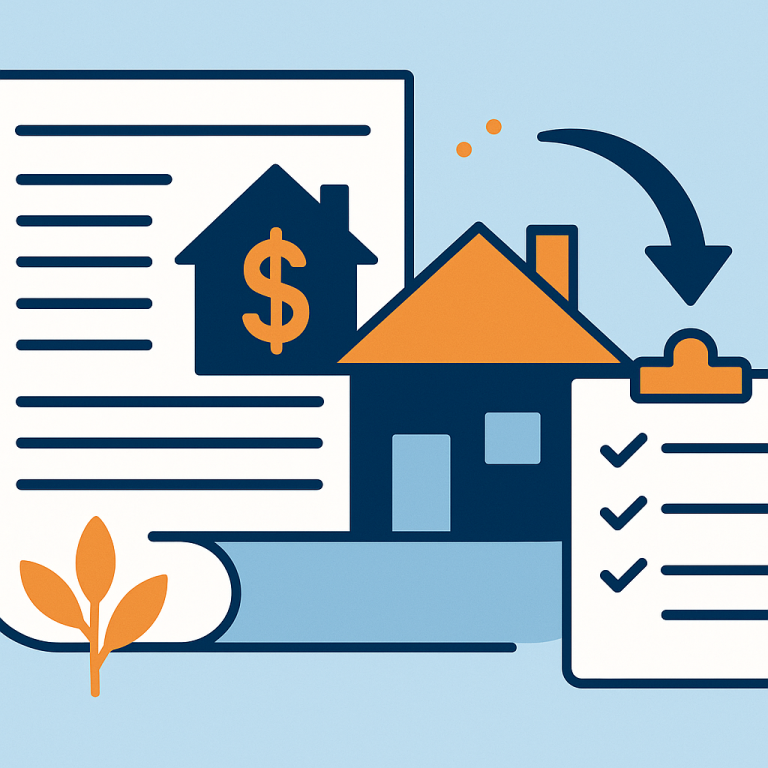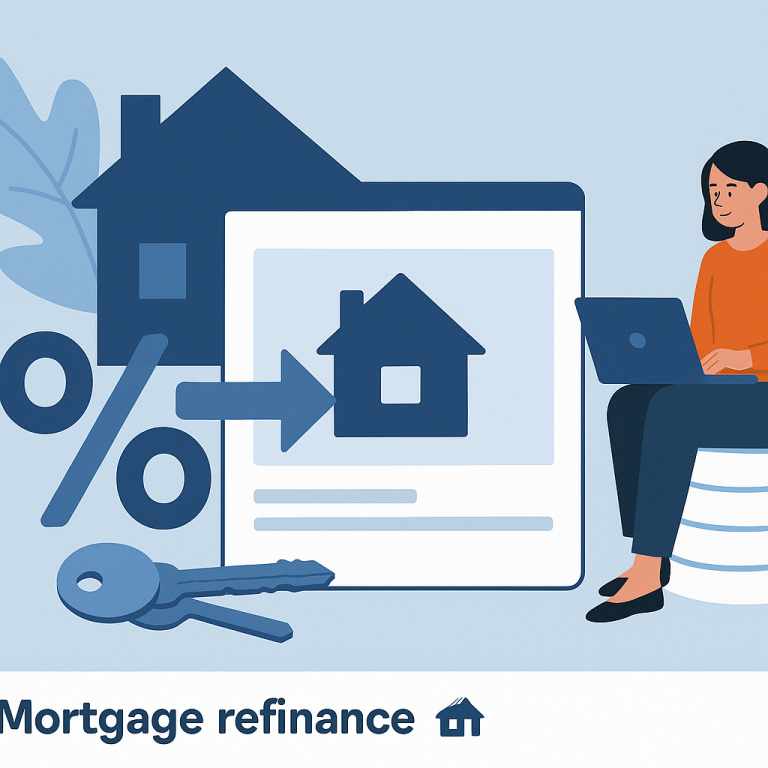30-Year Mortgage Refinance Rates Drop 25 Basis Points After Fed Dovish Remarks
Modest Drop in Mortgage Rates Spurs Renewed Interest in Rate-and-Term Refinances
Recent easing in mortgage market conditions has prompted a measurable uptick in homeowners exploring rate-and-term refinances. Lenders and market watchers report that when borrowing costs retreat even modestly, homeowners with several years left on their mortgages often reassess whether refinancing can lower monthly payments or shorten overall loan duration without increasing monthly outlay.
Market dynamics behind the uptick
The current movement reflects a common pattern: when rates moderate after a period of elevation, eligible borrowers re-evaluate their options. Improved home valuations and accumulated equity in many markets have expanded the pool of homeowners who can refinance without tapping significant additional credit. At the same time, lenders have adjusted product offerings and underwriting standards in response to changing demand, making the process more accessible for some borrowers.
Industry observers note that the decision to refinance is rarely driven by rate changes alone. Borrowers are weighing closing costs, remaining loan term, and personal financial goals alongside current market pricing. For those focused on reducing monthly payments, the combination of a lower interest rate and a similar or longer loan term is often attractive. Others prioritize paying off principal faster by refinancing into a shorter-term loan.
What homeowners should consider now
-
Calculate the break-even point: Determine how long it will take for the savings from a lower rate to offset closing costs and fees. If you plan to stay in the home beyond that period, refinancing is more likely to be beneficial.
-
Compare loan terms, not just rates: A lower rate on a longer-term mortgage can reduce monthly payments but extend interest payments over time. Conversely, a shorter-term loan may raise monthly payments but save on total interest.
-
Factor in closing costs and credits: Some lenders offer credits that reduce upfront costs in exchange for a slightly higher rate. Assess whether that trade-off aligns with your timeline and financial goals.
-
Review your equity and loan-to-value ratio: Strong home equity can open up more favorable refinance options and, in some cases, reduce the need for private mortgage insurance.
-
Check credit profile and documentation readiness: A higher credit score can secure better pricing. Gather pay stubs, tax documents, and proof of assets ahead of time to streamline the process.
-
Consider alternatives such as HELOCs or rate lock strategies: For homeowners seeking funds for renovation or short-term liquidity, a home equity line of credit may be preferable. If you decide to refinance, ask about rate-lock windows to protect against market movement during processing.
Practical next steps
Begin with a side-by-side comparison of current offers from multiple lenders, including your existing servicer. Use a loan comparison worksheet that includes rate, APR, closing costs, and the break-even timeframe. Speak with a mortgage professional to clarify how a refinance affects tax treatment, escrow accounts, and mortgage insurance status in your particular situation.
As the market continues to shift, homeowners who move deliberately—by calculating trade-offs and shopping competitively—are best positioned to benefit. A refinance can be a useful tool for reducing costs or reshaping debt, but its value depends on each borrower’s timeline, financial objectives, and the specific structure of the new loan.
META: angle=rate-and-term-refinance uptick; takeaways=break-even, loan-term, equity, shopping-lenders

